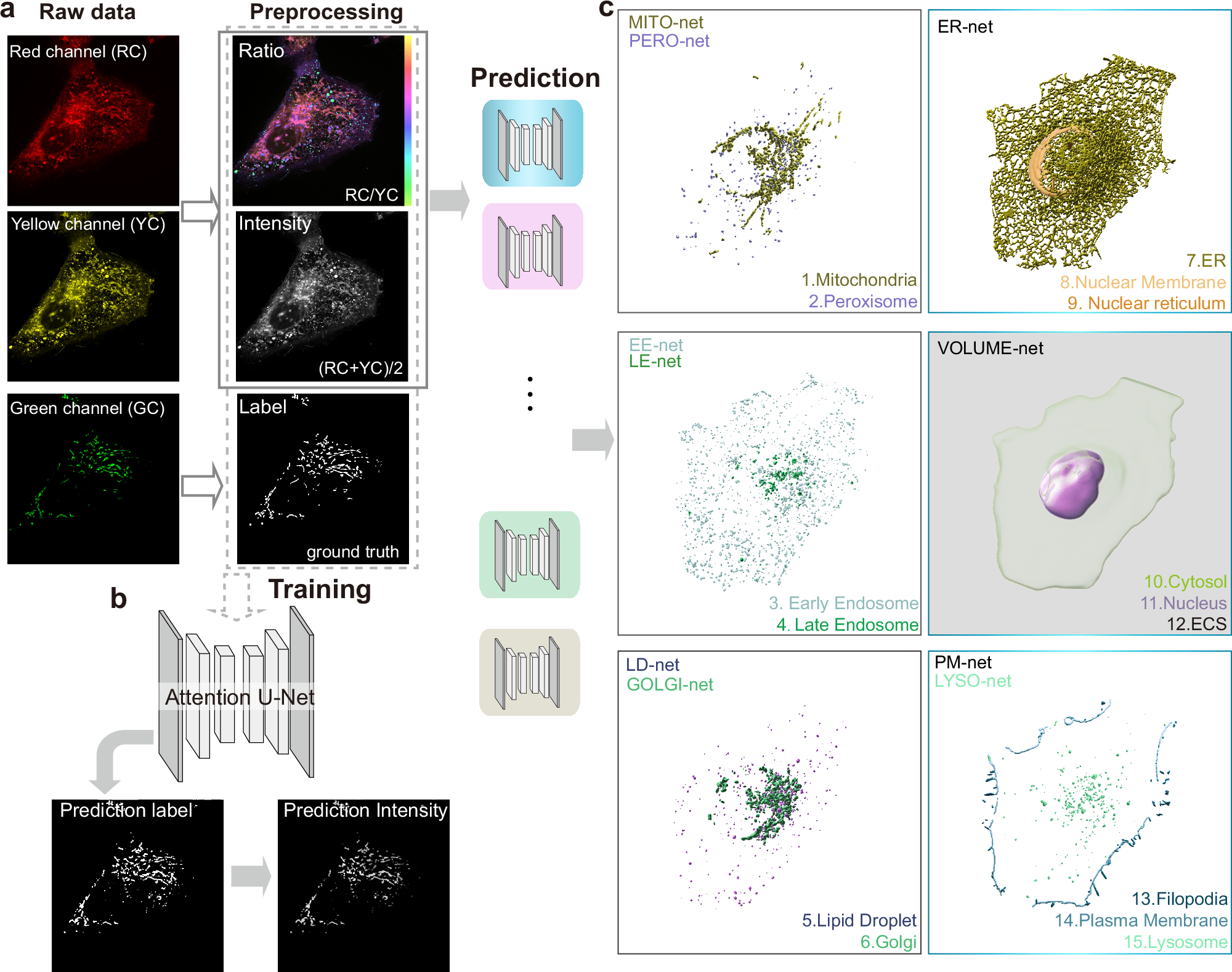2025-04-09 中国科学院(CAS)
<関連情報>
- https://english.cas.cn/newsroom/research_news/life/202504/t20250408_1040810.shtml
- https://www.sciencedirect.com/science/article/abs/pii/S153458072500156X
哺乳類の視床下部発生における細胞タイプの転写保存と進化的分岐 Transcriptional conservation and evolutionary divergence of cell types across mammalian hypothalamus development
Zhen-Hua Chen , Taotao Bruce Pan , Yu-Hong Zhang , Ben Wang , Xue-Lian Sun , Meixi Gao , Yang Sun , Mingrui Xu , Shuhui Han , Xiang Shi , Felipe Correa-da-Silva , Chenlu Yang , Junfu Guo , Haoda Wu , Yu Zheng Li , Xiu-Qin Liu , Fei Gao , Zhiheng Xu , Shengjin Xu , Xin Liu …Qing-Feng Wu
Developmental Cell Available online: 8 April 2025
DOI:https://doi.org/10.1016/j.devcel.2025.03.009
Graphical abstract

Highlights
- Neural patterning of the developing hypothalamus is evolutionarily conserved
- Neurogenic lineages are shared between human and mouse hypothalamus
- Human neurons feature a specific subtype and enhanced neuromodulation
- Neuronal distribution and neurochemical traits can vary across species
Summary
The hypothalamus, an “ancient” subcortical brain structure, maintains physiological homeostasis and controls native behaviors. The evolution of homeostatic regulation and behavioral control in mammals may rely on adaptable neuronal identity establishment but conserved neural patterning mechanisms during neurodevelopment. Here, we combined single-cell, single-nucleus, and spatial transcriptomic datasets to map the spatial patterning of diverse progenitor domains and reconstruct their neurogenic lineages in the developing human and mouse hypothalamus. While the regional organizers orchestrating neural patterning are conserved between primates and rodents, we identified a human-enriched neuronal subtype and found a substantial increase in neuromodulatory gene expression among human neurons. Furthermore, cross-species comparison demonstrated a potential redistribution of two neuroendocrine neuronal subtypes and a shift in inter-transmitter and transmitter-peptide coupling within hypothalamic dopamine neurons. Together, our study lays a critical foundation for understanding cellular development and evolution of the mammalian hypothalamus.


